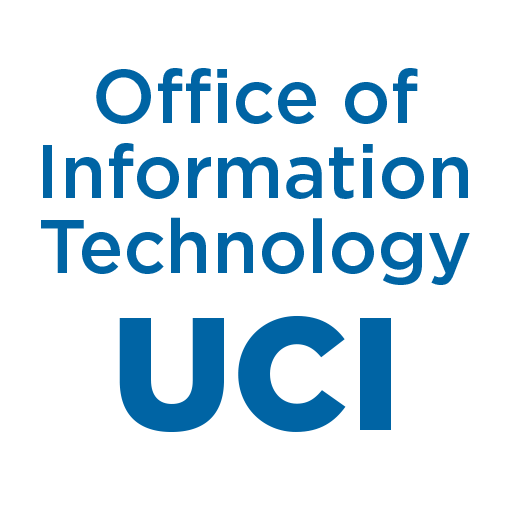Digital Document Management
For Campus
Digital document transmission, signature and storage at UCI is a multi-pronged process, made possible through the use of DocuSign for electronic routing and signing and Filenet for short and long-term storage solutions. For many departments, these two platforms can now talk seamlessly to each other, due in large part to OIT’s efforts to integrate them.

Several other UCI-based platforms, like CampusLogic, used for financial aid documents, also feed into FileNet repositories after individual integrations were developed. These process automations and integrations free up administrators from the burdens of manual collection and storage, and help ensure compliance with record retention policies.
Prior to early 2020, online document signing and file storage were becoming a popular and efficient method to share documents and shepherd business processes through approval stages electronically. But, in response to the pandemic and UCI’s campus closures, the need for no-contact document routing, signing and digital document storage went from convenient to critical overnight. OIT collaborated with the Division of Finance and Administration to champion the DocuSign tool, and then worked to support numerous departments in shifting their approval paperwork to the fully online process as quickly as possible to meet urgent requests. In response to the sudden demand, OIT helped campus units establish over 100 new DocuSign accounts, effectively replacing paper forms and wet signatures. In 2020, use of DocuSign increased more than seven-fold; now over 14,000 documents are being sent and signed each month.
DocuSign documents signed each month in 2020
One group that faced an urgent need to move away from paper documentation was Human Research Protections (HRP) in the Office of Research, the group responsible for managing the University’s program for collection and storage of all human-subject consent forms. Overnight, their existing process of gaining human consent for research, which previously involved in-person discussion and wet-ink signatures, needed to move into a digital process. An added layer of complexity came up for projects that are conducted as FDA trials, as they require an additional consent process.
The HRP team worked with OIT to facilitate new electronic signature processes, some of which included FDA CFR 21 Part 11 compliance to meet federal regulations. Digitizing the documents also allowed researchers to manage consent forms for their own projects, effectively limiting exposure and contact to now-unnecessary paper forms.
I don’t know what we would do without our OIT colleagues. Pandemic or not, so much of what we do relies on the databases, file storage and systems [they support]. We’re lucky that we have a team from OIT helping us.
